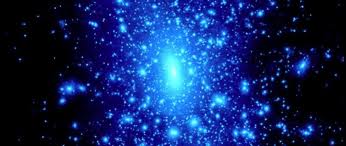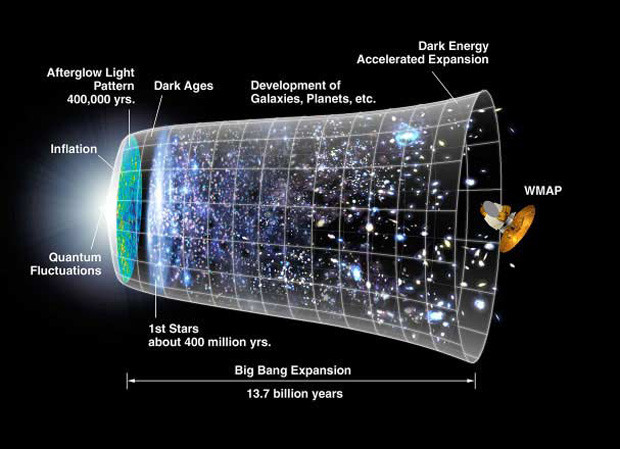Cyr-Racine's Research Group
Particle Cosmology @ UNM
Department of Physics and Astronomy -- University of New Mexico

Welcome to the dark Universe!
We are the theoretical particle cosmology group
within the Department of
Physics and Astronomy of the University of New Mexico
in Albuquerque, NM. Our research lies at the interface
between particle physics, cosmology, and astrophysics,
including dark matter and neutrino physics. Some of
our main research interests are listed to the right.
The group is headed by Assistant Professor Francis-Yan
Cyr-Racine.
Dark Matter

Dark Matter forms about 85% of all the matter in the Universe, but we still do not know what it is made of. Does it interact at all with the matter that you and I are made of? Does it interact with itself? How can we constrain its particle properties through astrophysical observations? These are the kind of questions that my research is answering.
Cosmic Evolution

Our current model of the Universe leaves many questions
unanswered, including the fundamental nature of dark matter
and dark energy. The presence of new physics beyond
the Standard Model could influence the evolution of the
Universe in important ways and leave subtle signatures in
cosmological data. The current possible discrepancies
between different cosmological data sets could be pointing
towards yet unknown cosmological physics.
Cosmological Neutrinos

Neutrinos are arguably the less constrained particles in the Standard Model of Particle Physics. Since they interact very weakly with ordinary matter, it is difficult to study their properties. However, right after the Big-Bang the Universe was dense and hot, allowing the neutrino to strongly interact with their surrounding. By studying this epoch through cosmic microwave background (CMB) data, we can probe their interactions and compare them with what we expect from the Standard Model
